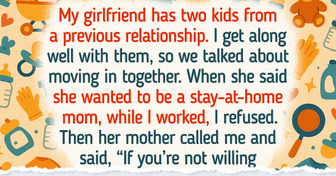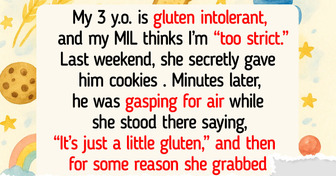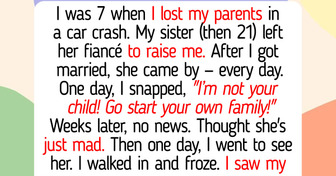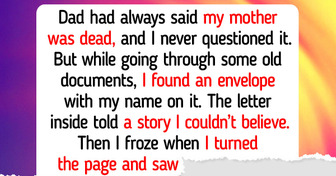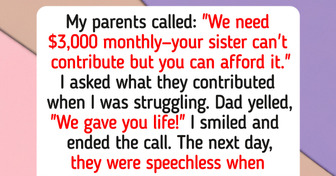I Refused to Chip In for My Coworker Who Makes $40K More, Now HR Is Involved
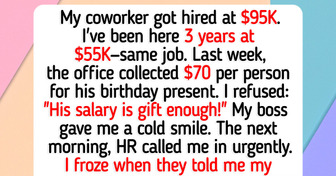
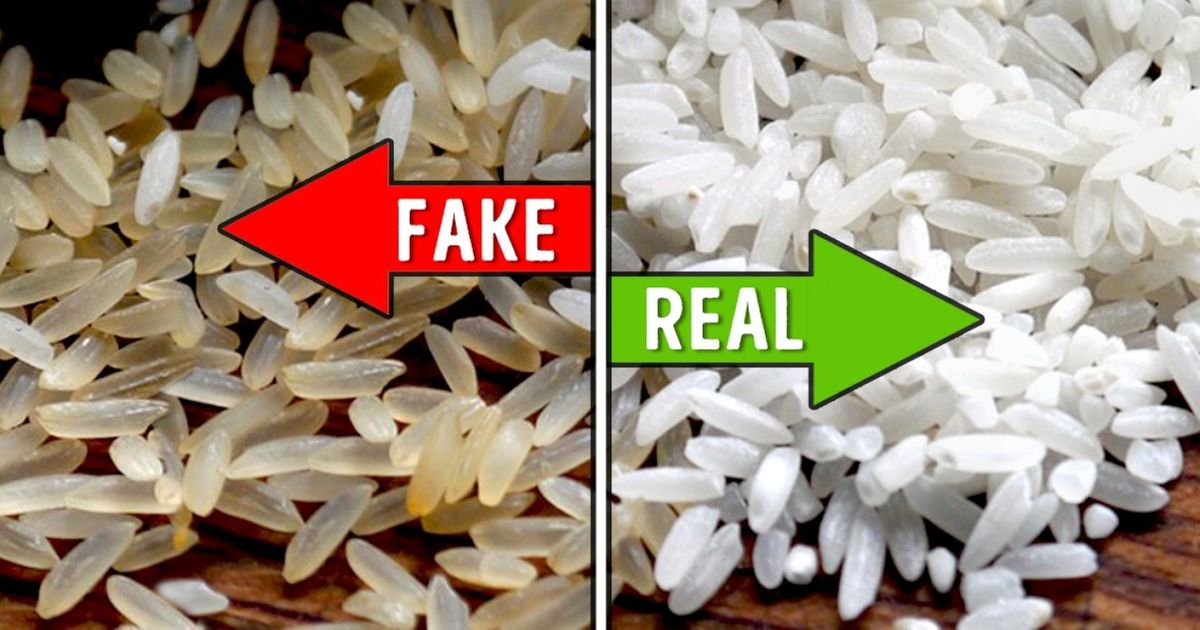
The foods we are used to seeing at our table may not be what we thought they were. However, Bright Side has good news: it’s possible to avoid the fraudsters’ tricks.
Ground coffee may contain roasted and chopped barley, wheat, and soybeans. To reduce production costs, companies may even add ground wood.
How to protect yourself?
Buy coffee beans, and grind them yourself.
The details on the package say that inside the bottle you’ll find 100% pomegranate and cranberry juice. Yet, most likely, the drink is well diluted with cheaper apple juice or simply with water.
How to protect yourself?
Carefully read the composition, and pay attention to the juice proportion.
When buying a bottle of expensive olive oil, you can bring home a cheaper corn, palm, or soy oil.
How to protect yourself?
Pour some oil into a glass, and put it in the fridge. Real olive oil forms a sediment.
One of the leaders in the market of fake foods. This cheese may contain about 10% of wooden shavings. A mixture of cheaper cheeses can also be presented as Parmesan cheese.
How to protect yourself?
Buy the whole wheel, carefully reading the composition on the label before you pay.
When it comes to faking honey, human imagination has no limits. Most often it’s diluted with syrups with a high fructose content.
How to protect yourself?
Read the requirements for storage. Natural honey doesn’t necessarily need to be kept in the fridge.
Among all the fakes, this might be the most dangerous. The fake rice in the picture above is made from starch mixed with plastic. The grains are similar to rice and even smell the same — they’re sprayed with flavoring.
How to protect yourself?
Fake rice doesn’t sink in water, and it burns like plastic. When buying, pay attention to the manufacturer, and trust only tested brands.


